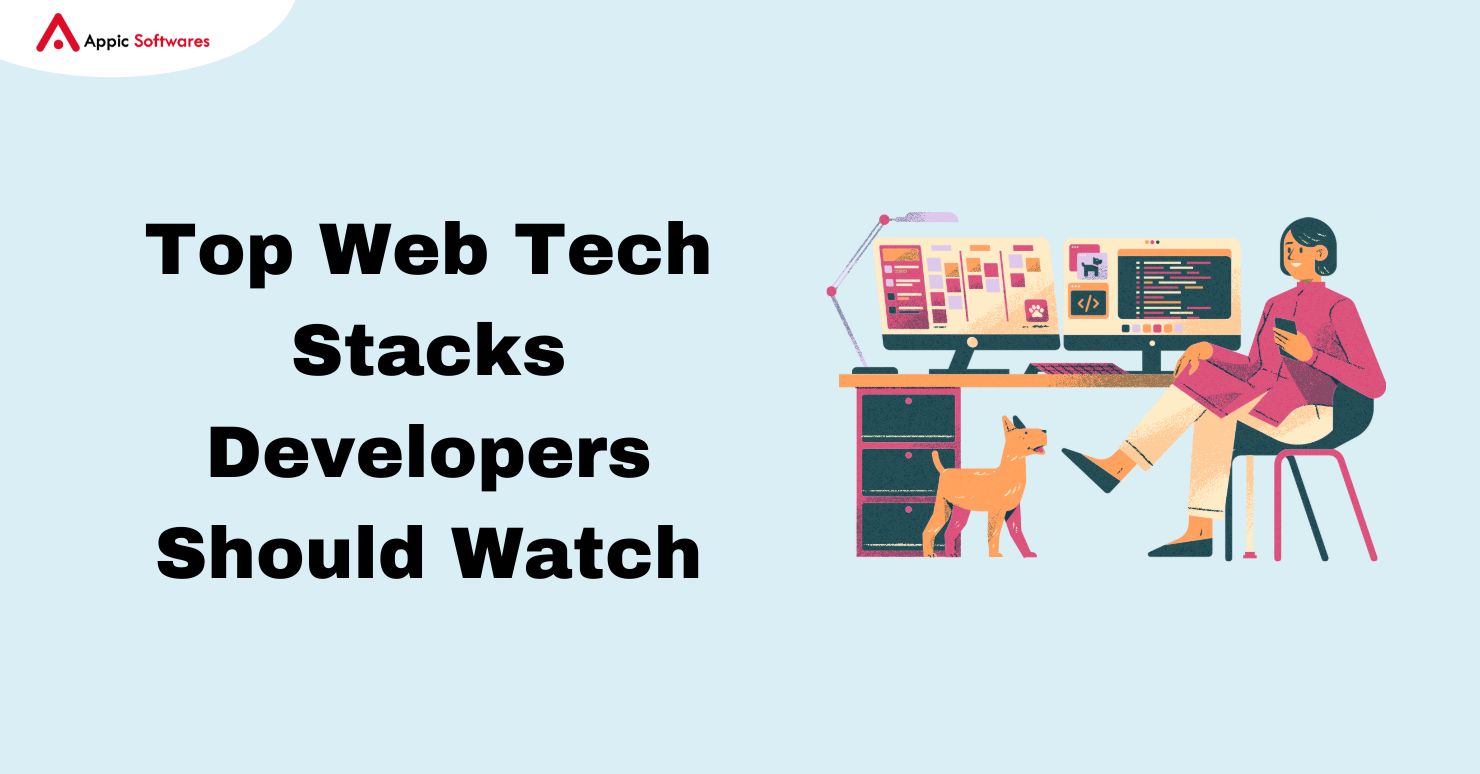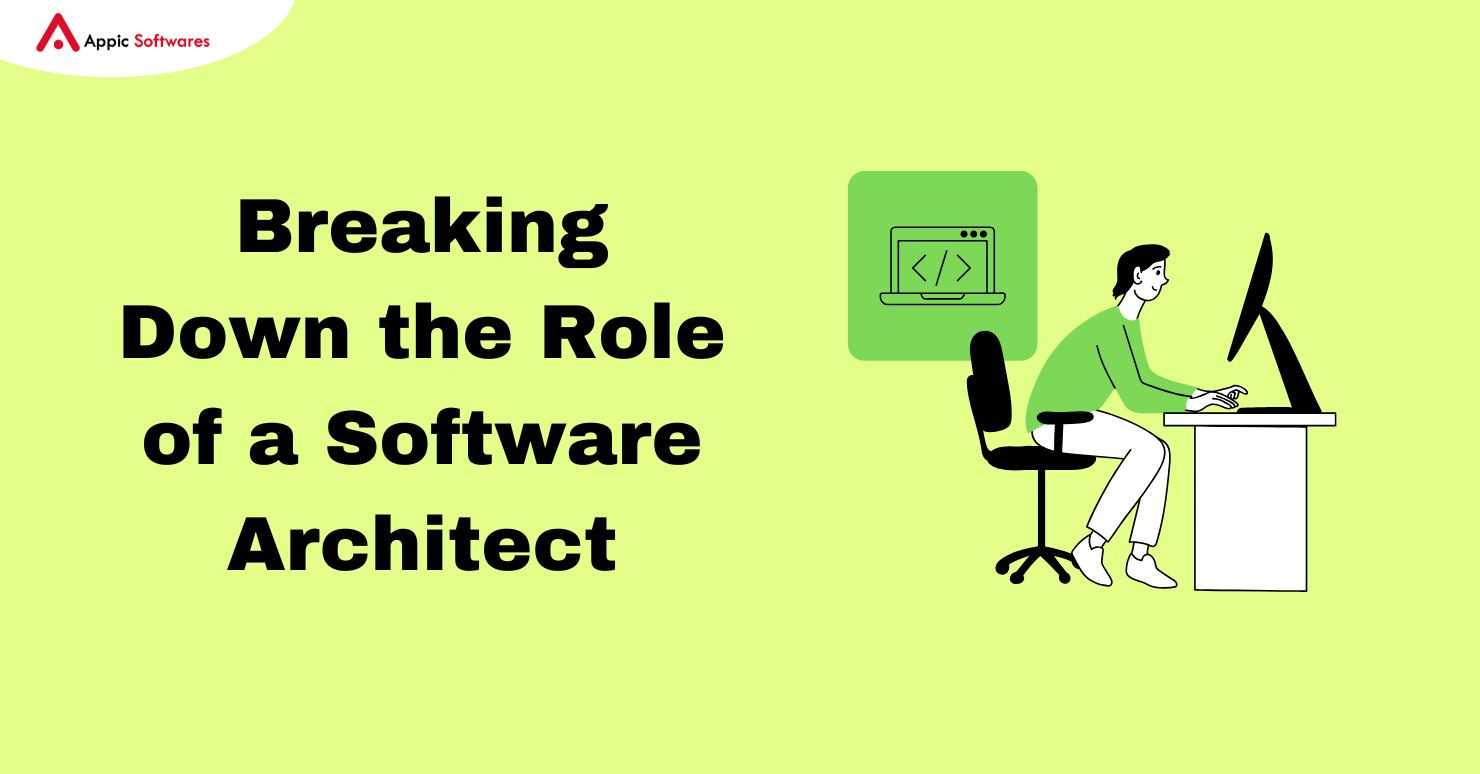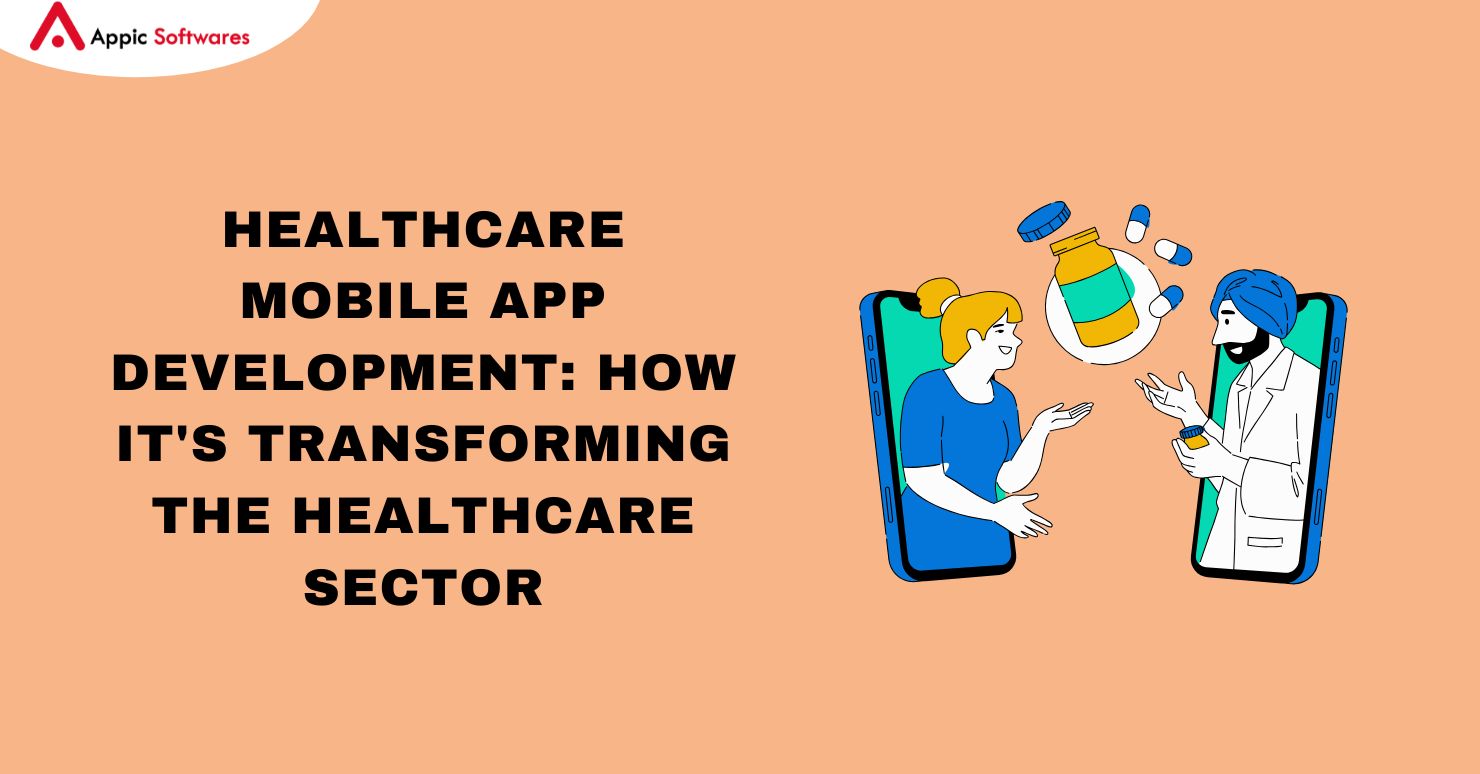
The term “PHI” as defined by HIPAA regulations encompasses nearly all categories of both paper and digital health records, including
- Patient characteristics
- IDs and contact information
- medical histories and the outcomes of the examination
- Laboratory examinations and body scans
- problems with mental health
- Status and transactions of insurance
- prescription drugs in addition to other things.
Protected Health Information (PHI) is defined very precisely by the U.S. government, and the Health Insurance Portability and Accountability Act (HIPAA) explains the primary ideas behind this classification. Strict guidelines and standards for secure data handling and PHI operations are established in this paper.
Why is Cybersecurity Important in Healthcare?
This means that any sensitive personal or medical data must be handled with extreme caution and should never be accessed without authorization. Only authorized and protected users may access medical data.
In addition, exclusive data-management rights and the necessary technological means for securely accessing PHI must be given to patients, healthcare process operators, and authorized healthcare professionals (as the only legitimate data owners). These rights are detailed in the legislative framework established by the HIPAA.
What is the state of cyber security in the healthcare sector right now?
Medical data breaches, security lapses, and instances of misuse have plagued American healthcare despite well-meaning regulations. 382,262,109 health records were made public as a result of more than 5000 healthcare data breaches between 2009 and 2022, according to official reports from the HHS Office for Civil Rights. This number was significantly higher than the population of the United States at this time.
Both intentional hacking attempts and IT security mishaps were included in the patient data violation occurrences. This graph illustrates how the rate of medical data violations more than quadrupled over six years (2016–2022):
Why would someone try to steal medical organizations’ and companies’ health data? The range of illicit activities and manipulation that could occur when private medical information ends up in the wrong hands is enormous.
- Insurance fraud and bank identity theft
- Persecution and espionage
- Unauthorized possession of prescription medications
- Threats and coercion
- Use of black hat marketing
- trading in stolen data on the darknet.
Patients and healthcare practitioners may suffer serious and expensive repercussions from healthcare data breaches, such as lost income, revocation of their license to practice medicine, and additional legal action for neglecting to protect patient data.
Robust healthcare data security procedures are necessary to protect sensitive medical information from cybercriminals, avert data breaches, and defend against attacks. Before moving on to the next section, where we will outline the most prevalent cyber security concerns in the healthcare industry, take a moment to discover more about our company:
The Top 7 Frequent Risks to Health Information
The top 7 cybersecurity risks that target healthcare data are listed here, and all medical companies need to be ready to fend them off. Even though security analysts have been aware of these cyberthreats for some time, they continue to be extremely potent and represent a significant risk to sensitive medical data. Let us investigate the:
#1.Phishing emails reaching the inbox of a medical organization
These days, social engineering is a fairly prevalent cyber security concern. Most medical professionals and patients have encountered this occurrence at least once. Phishing techniques involve bogus emails or messages that aim to fool receivers into clicking on dubious links and/or divulging private information, including documents, IDs, usernames, and passwords.
Additionally, phishing emails are particularly successful because they typically masquerade as email spoofing techniques. Phishing attempts and email account hijacking account for about 18% of the traumatic healthcare data breaches that occur annually.
#2. Healthcare Networks Are Seeing a Rise in Malware
Malware, sometimes known as scumware or thiefware, is a broad category of malicious software that includes currency miners, trojans, viruses, and spyware. They are made to get past security measures in the healthcare system and jeopardize data integrity so that cybercriminals can profit from it. Healthcare institutions are particularly susceptible to malware assaults of all kinds if they have inadequate data protection measures or inadequate IT security.
Phishing attempts are a common beginning point for these attacks, where victims unintentionally click on risky links and infect their devices with malware. Additional possibilities could differ based on the type of malware. Computer viruses can gradually propagate throughout the computers and network nodes of healthcare companies, causing serious harm by interfering with vital medical software functions. Sensitive data loss or theft in large quantities may result from this.
#3. Gaps in the Legacy Healthcare System
It is astonishing how many antiquated healthcare applications are still in use in clinics, offices, hospitals, and medical facilities. It was found that approximately 83% of IoT devices for healthcare in the US are powered by operating systems that are weak and leave about 98% of sensitive medical data exchanges either unencrypted or exposed.
Hackers are encouraged by this chance to exploit weaknesses in antiquated healthcare systems. Cybercriminals can overcome numerous obstacles in this kind of customized infiltration scenario and cause a great deal of damage before they are even detected. Updating, patching, replacing, and other carefully thought-out methods can lessen this vulnerability in the healthcare system.
#4. Clinical PCs are paralyzed by ransomware
A subclass of scumware/malware known as ransomware is used to compromise a computer’s operating system or web browser to stop the system from working. Ransomware restricts a system or computer and then appears as an intrusive pop-up demanding money to unlock the victim’s access. These attacks are extremely disruptive and can cost healthcare organizations, staff, and patients a great deal in terms of money and morale. Usually, this kind of assault spreads through interactions between phishing emails and malicious websites and healthcare staff members.
#5. Insider Threats to Medical Organizations
When personnel of medical companies accidentally or purposely reveal private information, this happens. Like any threat involving human elements, this one can be challenging to identify and prevent, and it cannot be eliminated. Because of this, businesses must put in place effective access control procedures, a position hierarchy, and suitable HR policies, such as training on personal data protection and employee reputation screening.
#6. DDoS-Affected Healthcare Website
Attacks known as distributed denial of service (DDoS) entail sending massive amounts of spam bot traffic from many sources to a healthcare website or web-based system (such as a doctor’s office or patient access portal). It crashes due to this overload, rendering the system unavailable to authorized users. DDoS assaults are frequently used as a diversionary method to divert the attention of medical organizations’ IT staff while other attacks are being carried out. They can cause operational downtime in these companies as well.
#7. Physical Loss or Theft
Theft or loss of physical devices, such as laptops, cell phones, tablets, and USB drives, can lead to serious breaches of private medical data. If a device ends up in the wrong hands, organizations must make sure it has enough security measures in place to prevent unauthorized access to any devices holding patient data and/or user profiles that are continuously logged into healthcare applications (e.g., urgent logout and user block set from a master workstation.)
Healthcare Data Security Standards: HIPAA, GDPR, and More
Cybersecurity baselines for software development must be integrated into all IT procedures used by healthcare organizations. These international accords and a collection of state laws constitute these standards of data protection in the healthcare industry.
HIPAA
At the outset of the piece, we provided a partial explanation of HIPAA’s function. A U.S. statute known as HIPAA sets nationwide guidelines for safeguarding private patient health information. To prevent data incidents, healthcare providers and other parties involved in the exchange of medical data—such as insurers, labs, lawyers, and others—must put in place effective administrative, physical, and technical processes. The purpose of these guidelines is to reduce the likelihood of data leaks and assist in fully controlling cyber security threats in the healthcare industry.
The following security measures are mandated under HIPAA:

Technological safeguards
- Transaction authorization and encryption
- Activity monitoring and login control
- Device auto-log-offs
Workstation management
- physical safety measures
- device access control
- device protection and use monitoring
Administrative safeguards
- Educate medical personnel
- Execute a business associate agreement
- Record security protocols
- Establish a risk-management policy
Data integrity maintenance
- patient requests fulfillment
- permission management for PHI access
- privacy safeguards.
GDPR
The European Union has a set of regulations called the General Data Protection Regulation (GDPR). GDPR regulates how personal information is protected on the Internet and in electronic systems, which includes managing patient data in healthcare.
All companies, including healthcare facilities, that gather or handle the personal data of EU individuals are subject to GDPR. GDPR mandates that businesses and organizations implement the necessary organizational and technical safeguards to keep hackers away from sensitive medical data.
ISO 27001/27799
The following are covered under the best-practice framework and guidelines provided by the International Organization for Standardization (ISO):
- ISO 27001: Systems for managing information security (ISMS)
- ISO 27799: Information security-management systems for healthcare (HISMS)
- With a few minor variations, both ISO standards and HIPAA share values and characteristics.
NIST Framework for Cybersecurity
Organizations can manage and lower cyber risks with the help of the voluntary cybersecurity framework offered by the National Institute of Standards and Technology (NIST). Although the U.S. healthcare industry uses it extensively, legally speaking, it is not required. NIST provides five pillars for addressing cyber threats:
- Determine (systems, weaknesses, risks, etc.)
- Protect (take all necessary precautions to keep your systems safe from known dangers)
- Detect (observe and maintain control over the situation)
- React (given a precise set of instructions in the event of a breach)
- Recover (make fixes, get data back, and evaluate the experience.)
PCI-DSS
A council of significant credit card firms (American Express, Discover, JCB International, MasterCard, Visa Inc.) established and oversaw the creation of the Payment Card Industry Data Security Standard (PCI DSS), a set of security guidelines. This standard encourages the protection of sensitive cardholder data, electronic commerce, and payment mechanisms.
How to Put Medical Data Security into Practice: The Best Ways to Safeguard Health Information
This is a recipe for improving cybersecurity in healthcare establishments. To effectively avoid healthcare data breaches, you will need to put each of these strategies into practice.
Educate Medical Personnel
The largest threat to security in healthcare systems is human error, especially worker irresponsibility. It’s essential to teach cybersecurity fundamentals to healthcare staff members and encourage everyone to take ownership of protecting patient data. Before allowing specialists to use EHR or other custom hospital management software, or even control medical databases, they must be well trained and certified in computer security. To further assist staff choices, an enhanced computer dialog that consists of the following must be implemented:
- Advice
- Alerts
- email sifting
- Reminding
- Rapid access to emergency procedures.
Introduce Data Usage Monitoring
These procedures include activity-monitoring and sophisticated (often automated) access control implemented throughout the IT systems of healthcare organizations. This involves keeping track of employee activities, reporting, flagging, and/or preventing questionable activity, and monitoring user logins and logouts:
- suspicious emails or other interactions, both coming in and going out
- inappropriate online usage and breaches of web access guidelines
- Unusual or strange network behavior as well as surges in incoming and outgoing traffic
- suspicious attempts to log into the system based on the device, time, and place.
Present Adequate Encryption for Medical Data
Healthcare data can be effectively protected both in transit and at rest (in databases) using a variety of data encryption approaches. Although some encryption approaches are already included in modern healthcare software solutions, this necessitates additional control for custom solutions, older apps, segmented systems, and various types of networking between the endpoints (e.g., wirelessly connected IoT networks).
Encourage Mobile Health Device Security
Strong passwords, multi-factor authentication, automated logouts, user sign-in tracking, and forced user account blocking in the event of a physical device loss are all necessary to regulate the mobile device access process.
Conduct Ongoing Risk Evaluations
It’s imperative to regularly analyze risk and technical maintenance schedules! This comprises a plan for using breach scenario modeling, recurrent technical audits, stress testing, and white hat (managed) hacking to find vulnerabilities and security holes.
Continue to update healthcare systems
Conduct a technology audit to find out which medical applications—including operating systems for medical devices—are out of date. Establish and adhere to a plan for modernizing outdated healthcare systems, with cybersecurity taking precedence. A plethora of contemporary health-tech innovations may also be taken into consideration for deployment, including intelligent AI-driven components, onsite health IT system migration to cloud platforms, AR/VR, and more.
Collaborate with Reliable Suppliers
The fact that healthcare institutions collaborate and transact business with outside partners is acceptable. To safeguard client data, it is imperative to choose HIPAA-compliant suppliers who adhere to the right procedures and have a robust security posture. You may count on Appic Softwares if you’re searching for a trustworthy tech partner for IT administration, bespoke medical software development, and maintenance.
Conclusion
The dynamic relationship between cybersecurity and healthcare necessitates ongoing attention to detail. To guarantee the strong protection of sensitive medical data in 2024, it will be crucial to keep up with new dangers and take preventative action.
Moreover, if you are looking for a healthcare software development company that can help you create cybersecure medical software, then you must checkout Appic Softwares. We have an experienced team of developers that can assist you in building medical software. You can even hire dedicated developers from us and let them manage your billing software.
So, what are you waiting for?








